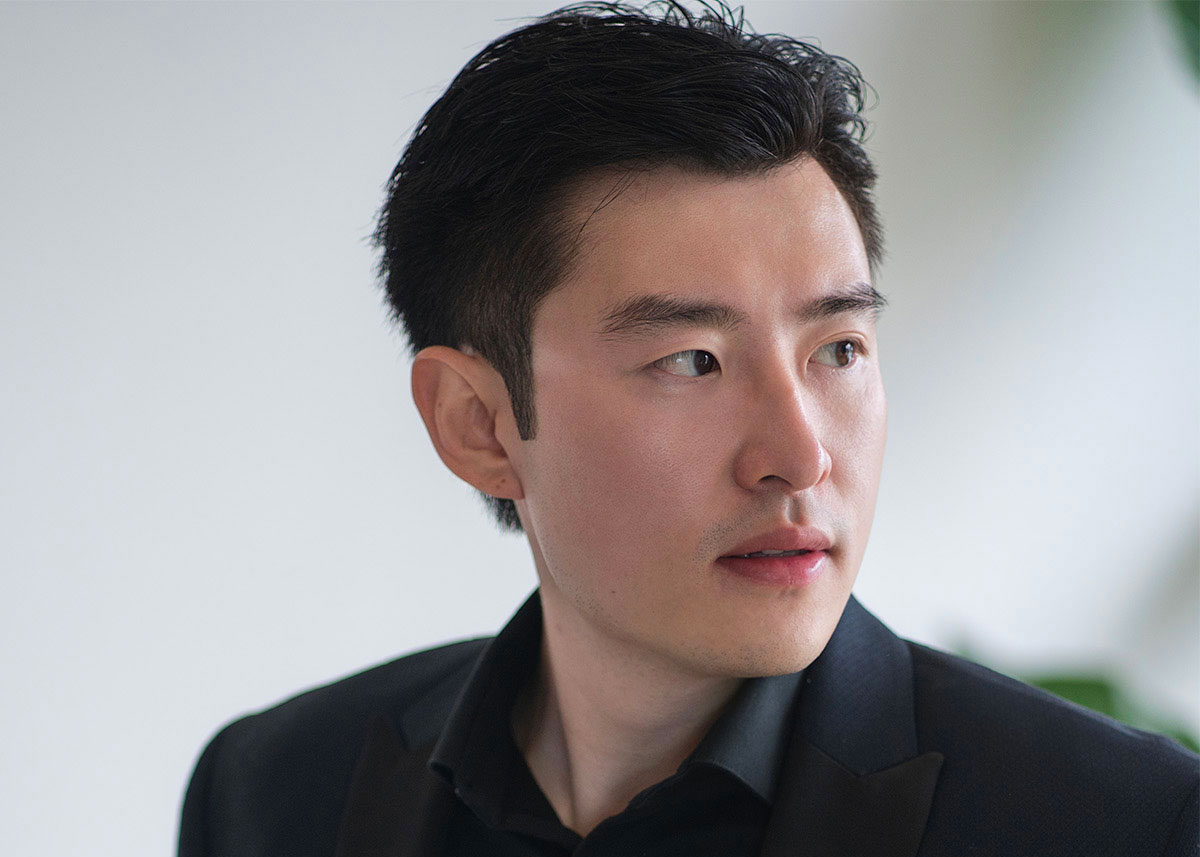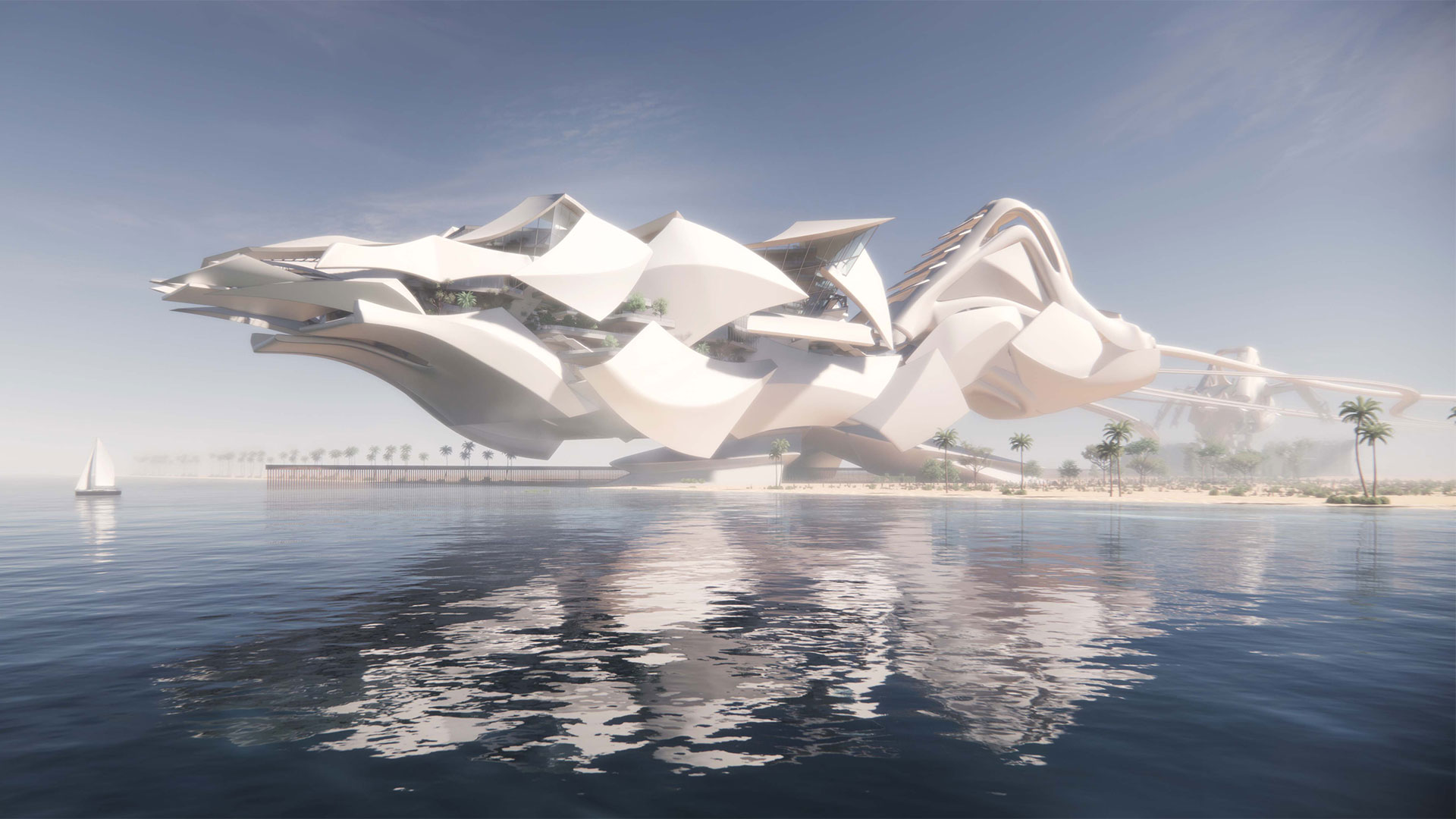Interview with Xuefeng Li from United States

Interview with Haden Hamblin from United States
July 20, 2023
The Artistic Architectural Designs of the 2023 London Design Awards
July 21, 2023Interview With The 2023 London Design Awards Winner – Xuefeng Li
Hello, my name is Xuefeng Li, but you can call me Frank. Ever since I was a child, I've had a deep passion for architecture and aspired to become a successful architect. Originally from Beijing, China, I embarked on a journey to pursue my Master of Architecture degree at the University of Pennsylvania.
Throughout my career, I have consistently been fascinated by the interplay between nature and architecture, constantly seeking to strike a harmonious balance between the two. In my spare time, I indulge in road trips to visit extraordinary buildings created by renowned architects, as my love for design knows no bounds.
My decision to become a designer was influenced by several factors. Growing up during a time when China was experiencing a rapid expansion of monumental architecture, I was captivated by the immense structures being built everywhere. This served as the initial impetus for my career choice.
As I got deeper into the world of architecture, I discovered influential figures like Frank Gehry and Zaha Hadid. Their creations transcended mere functional design and evolved into works of art that resonated with people on a spiritual level. Visiting their buildings first hand solidified my belief that architecture can serve as a conduit for fulfilling people's aesthetic and emotional needs.
I currently work at SB Architects, a company specializing in the design of boutique hotels and custom homes. I also have my own design studio at home. Within my personal studio, I engage in experimentation and exploration, constantly pushing the boundaries of architecture and envisioning its future.
One aspect that sets my personal studio apart is the freedom to identify societal issues and address them through design without having a specific client. This allows me to take a proactive approach in finding problems within society and utilizing design as a tool to offer innovative solutions.
My favorite design is one that fulfills two essential criteria. Firstly, it must address a social problem and contribute to the betterment of society. Design has the power to solve real-world challenges and make a positive impact on people's lives, and this aspect resonates deeply with me.
Secondly, I believe that design should be aesthetically pleasing. Beauty has the ability to uplift and inspire, and it plays a significant role in enhancing our environment. Aesthetically pleasing design has the potential to create a sense of joy, harmony and well-being in our daily lives.
The winning work I entered into the London Design Awards was a personal research project that reflected my views on democracy, freedom, and the potential of architecture to address social issues. It was a project that delved into exploring how architecture can contribute to solving societal problems and promoting a better way of life for all individuals.
I chose to enter this project because it held deep significance to me. It represented my beliefs and aspirations as an architect, emphasizing the importance of creating inclusive and harmonious environments. By participating in the London Design Awards, I aimed to raise awareness among a wider audience, particularly influential decision-makers like politicians, about the potential of architecture to make a positive impact on society.
I wanted to stimulate critical thinking and encourage discussions around alternative solutions that benefit all human beings. By sharing my research and insights through this platform, I hoped to spark meaningful conversations and inspire individuals in positions of power to consider new approaches to problem-solving, guided by principles of democracy, freedom, and social justice.
What makes my design different from others in the same category is the perfect blend of a solid concept and my knack for creating stunning models and renderings. I believe in the power of unique ideas and strive to design spaces that are not only visually appealing but also meaningful.
By skilfully translating these ideas into detailed 3D models and realistic renderings, I bring my designs to life and create an immersive experience. This sets my work apart and leaves a lasting impression on clients and viewers.
One significant aspect that has gained momentum is the integration of artificial intelligence (AI) into design processes.
AI has the potential to revolutionize the design industry by automating repetitive tasks, providing data-driven insights, and augmenting the creative process. Designers can leverage AI-powered tools for tasks such as generative design, data analysis, prototyping, and user testing, enabling them to work more efficiently and explore a broader range of possibilities.
Winning Entry
A Green New Deal | 2023
To respond the border issue between the U.S. and Mexico, the design propose a monumental structure growing out from each side of the…
(Read more at MUSE Design Awards)
Xuefeng Li
Since his childhood, Xuefeng Li was enamored by architecture and did whatever it took to become an accomplished architect and resolved to integrate nature and architecture which grew during his career!
A platform for expressive design, read all about what makes the London Design Awards here!


